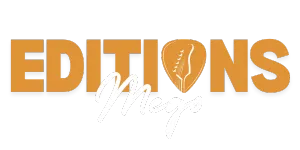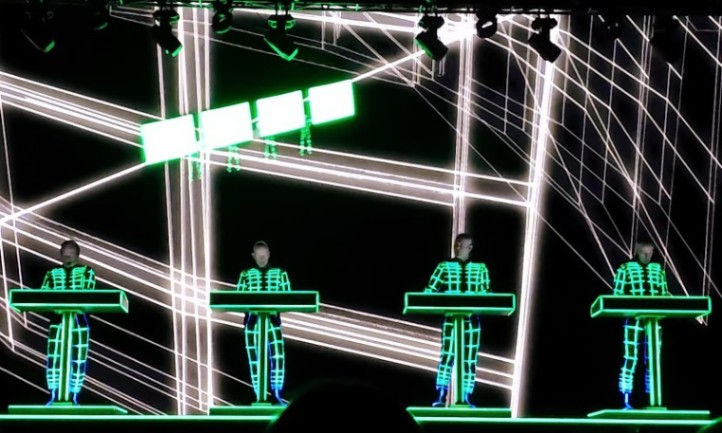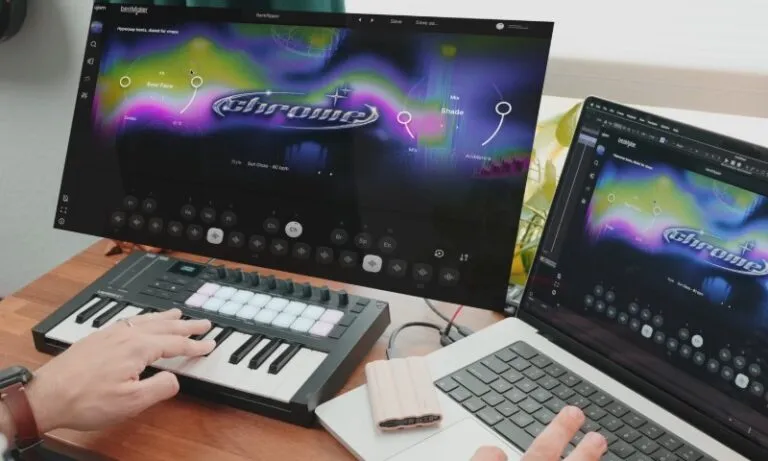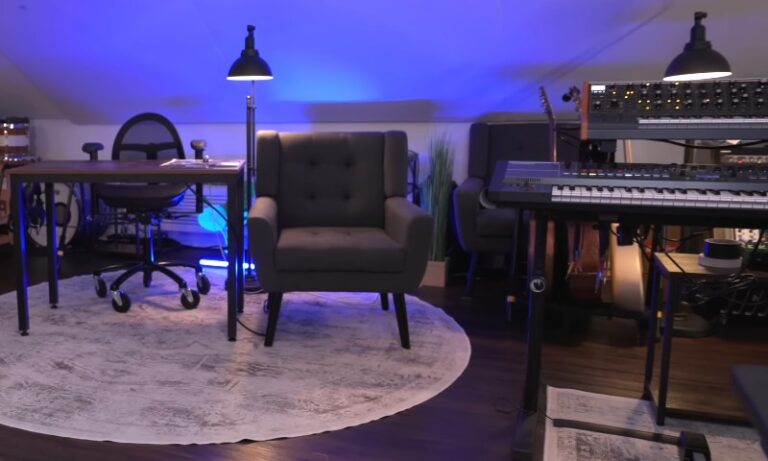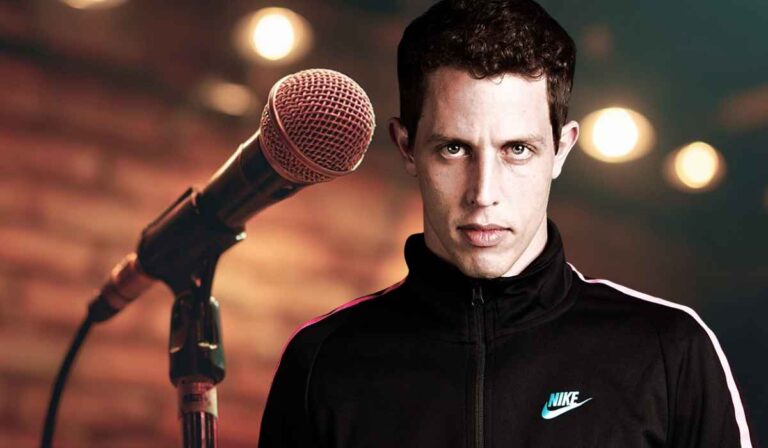Podcasting isn’t just booming — it’s everywhere. From long car rides to your laundry day routine, there’s probably a podcast playing in the background.
And with over 48 million episodes floating around out there (yeah, million), it’s clear that this format is no passing trend. Whether you’re just kicking off your podcast or looking to switch things up, one of the first decisions you’ll run into is this: Do I go live or stick with pre-recorded episodes?
There’s no universal answer — but there are big differences. Let’s break it down clearly, looking at real-world examples, behind-the-scenes insight, and what each format gives you — and what it leaves out.
Table of Contents
ToggleThe Basics – What’s the Difference?
Let’s take a quick look at both of these options:
Live Podcasting
When you go live, you’re recording and broadcasting in real time. Platforms like YouTube Live, Instagram Live, or Twitch are your stage.
Your audience tunes in while you’re talking. They might throw in questions, react in the comments, or even vote in a quick poll. Think Q&As, hot-topic debates, or spontaneous conversations.
Pre-Recorded Podcasting
This is your traditional podcast setup. You record your episode ahead of time, edit it (or not), and upload it to platforms like Spotify or Apple Podcasts.
Listeners tune in whenever it works for them. You’ve got total control over how everything sounds before anyone hears it, like perfecting your favorite guitar sound.
Live Podcasting — The Good, the Stressful, and the Glitchy

Let’s start with live podcasting. It’s bold, it’s raw, and it’s kind of like skydiving — exhilarating if you’re ready for it, chaotic if you’re not.
Pros of Going Live
Audience in the Moment
People can react to what you’re saying as you’re saying it. They can chime in with questions, jokes, or insight — and you can respond right then and there.
The IAB study showed that 61% of listeners prefer interactive content. That’s a pretty loud vote in favor of live formats.
Spontaneity Wins
When something unexpected happens — a laugh, a tangent, a disagreement — it feels real. That kind of authenticity makes people stick around. It builds trust. You’re not just a voice in their earbuds; you’re a real person in real time.
FOMO Is Real
People don’t want to miss out. Live shows carry a natural urgency. Some studies even showed a 30% spike in attendance for live podcasts compared to pre-recorded ones.
Built-In Buzz
Because you’re promoting it as a live event, your marketing writes itself: “Join us live Friday at 7!” It gives your audience a reason to show up and share.
Sponsorship Perks
Sponsors love live reads. You’re shouting them out in real time, and that’s worth more to them than an ad buried in a pre-recorded episode. There’s also room for interactive ad formats — quizzes, giveaways, even shoutouts.
Cons of Going Live

Tech Doesn’t Always Love You Back
Live shows require a stable connection, good audio gear, and zero tolerance for hiccups. But let’s be real — even with the best setup, stuff happens. Audio drops. Cameras freeze. The stream cuts out.
To mitigate technical issues during live broadcasts, many podcasters turn to reliable online radio station software that offers robust streaming capabilities and real-time monitoring.
No Safety Net
Say something awkward? Mic picks up a loud sneeze? Tough luck — it’s already out there. There’s no editor to save you. That pressure isn’t for everyone.
You’re on a Clock
Your listeners have to show up at a specific time. That can be a problem if they’re busy, in another time zone, or just forget. It limits your reach — and theirs.
It’s a Lot to Juggle
Running the show, keeping your content flowing, engaging with comments, and dealing with surprise curveballs — all at once. It takes real presence and energy. Not every host is built for that, especially on a regular basis.
Pre-Recorded Podcasting — The Industry Standard for a Reason

Now let’s flip the mic. Pre-recorded podcasts rule the charts for a reason. They’re polished, flexible, and allow for a higher degree of creative control.
Pros of Pre-Recording
Listen Anytime
Your audience can press play whenever — in the gym, on their commute, during a midnight snack run.
That convenience is huge. Listeners value the ability to pause, rewind, and pick up episodes on their own schedule.
It Just Sounds Better
You can remove the “umms,” tighten your pacing, add music, and even tweak your mic levels. That editing polish makes a difference, especially for interviews or story-driven shows where flow and clarity matter.
Tell the Story Your Way
When you edit your podcast, you’re not just cutting out mistakes — you’re shaping the rhythm, the punchlines, and the takeaways. If you’re covering complex or layered topics, that control is everything.
It Keeps on Giving
A good pre-recorded episode can stay relevant for years. Evergreen content keeps attracting listeners long after release.
SEO Loves It
With good show notes, keywords, and metadata, your episode can be optimized for search. That means better visibility on Spotify, Apple Podcasts, and even Google — something live streams don’t really offer.
Cons of Pre-Recording

No Live Connection
You’re not interacting with your audience in real time, which can make it feel more distant. They can’t ask a follow-up or laugh along with your joke while you’re saying it.
Feels… Too Smooth?
Some listeners crave the rawness of live podcasts. Too much editing can sound rehearsed or “manufactured,” which might turn off audiences looking for more casual or intimate conversations.
Crowded Arena
With over 48 million podcast episodes out there, standing out isn’t easy. Pre-recorded shows can easily get buried unless you’re putting serious effort into your branding and promotion.
Takes Time
Recording is just step one. You still need to edit, write your show notes, upload, schedule, and maybe promote. For solo podcasters or small teams, that time adds up fast.
What You’re Missing — The Trade-Offs

Every format gives something. But it also takes something.
Going Live? You’re Missing Out On
- Clean, polished audio
- Flexibility for your audience to listen anytime
- SEO-friendly content that stays relevant for years
- The ability to rework your message if something doesn’t land
Pre-Recording? You Miss Out On:
- Real-time interaction and feedback
- The spontaneity that builds trust and community
- That one-night-only event energy
- Immediate audience responses to shape content live
Real Stats You Should Know

- 78% of Facebook users watch live content — suggesting big potential for podcast streamers (OneStream).
- Over 50% of podcast listeners are aged 12–34, showing the format skews younger and mobile (We Edit Podcasts).
- Only 4.6% of podcasts go over 60 minutes, so keeping things tight may help pre-recorded episodes land better (Riverside.fm).
- 92% of Americans still listen to AM/FM radio, proving that audio isn’t going anywhere — it’s just shifting formats.
So… Which One Should You Use?
It really depends on what kind of podcaster you want to be.
Ask Yourself:
- Do you want audience interaction and buzz? → Try live.
- Need a polished brand presence with long-term growth? → Go pre-recorded.
- Want both? → Try a hybrid
The Hybrid Model (Highly Recommended)
Here’s a smart workaround: go live, record it, then edit and release it as a pre-recorded episode.
That way, you get the energy and engagement of a live show — and the long-term polish of edited content. It’s like throwing a party and still getting to post the best parts on Instagram later.
Quick Tips to Make It Work
If You’re Going Live
- Run multiple tech tests before the show.
- Promote the date well in advance on all your platforms.
- Interact with your audience as much as possible — mention them by name.
- Always record it. You’ll want the replay.
If You’re Pre-Recording
- Invest in good audio gear — even budget mics like the ATR2100 can do wonders.
- Script loosely. Leave space for natural conversation.
- Use editing tools like Audacity, Descript, or Adobe Audition.
- Publish consistently. Weekly? Bi-weekly? Pick a rhythm and stick to it.
Final Thoughts
There’s no one-size-fits-all in podcasting. Some creators thrive on the energy of a live audience, while others shine when they’ve had a chance to edit their ideas into something tight and powerful.
Live podcasting delivers raw energy and real-time connection — but demands tech reliability and sharp hosting skills. Pre-recorded episodes offer polish, flexibility, and long-term discoverability — but can feel distant and take more time to produce.
